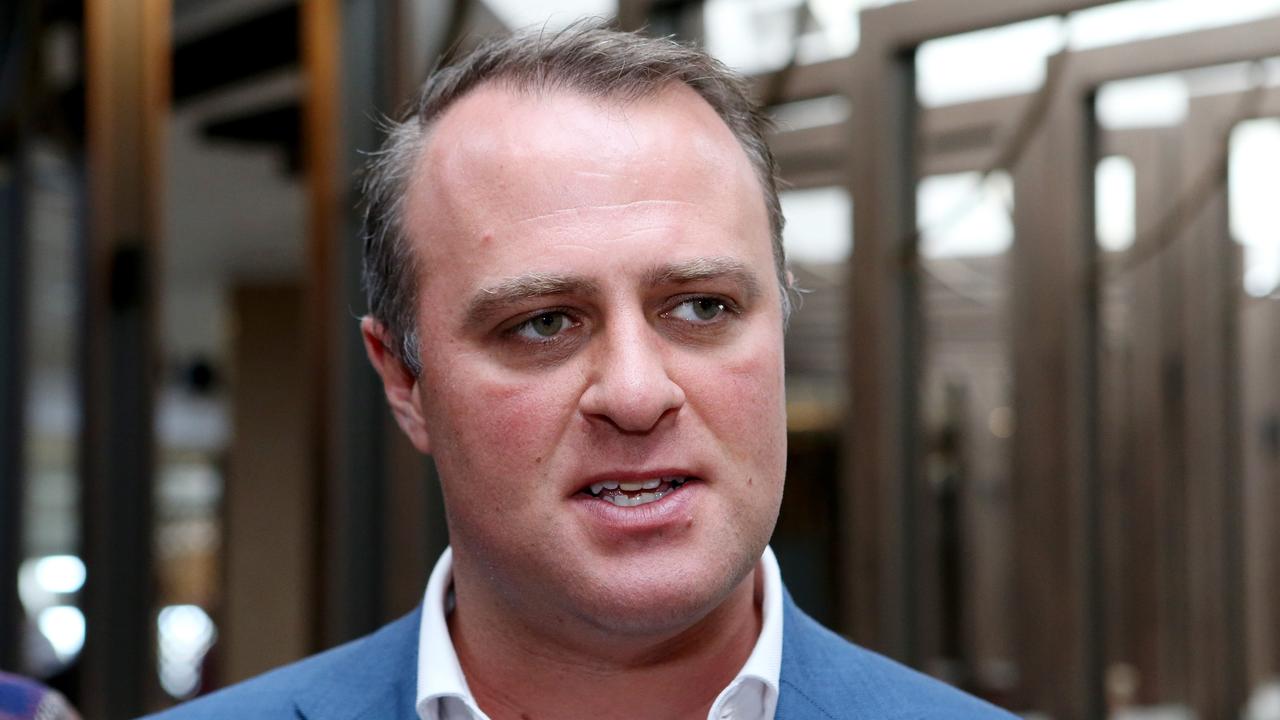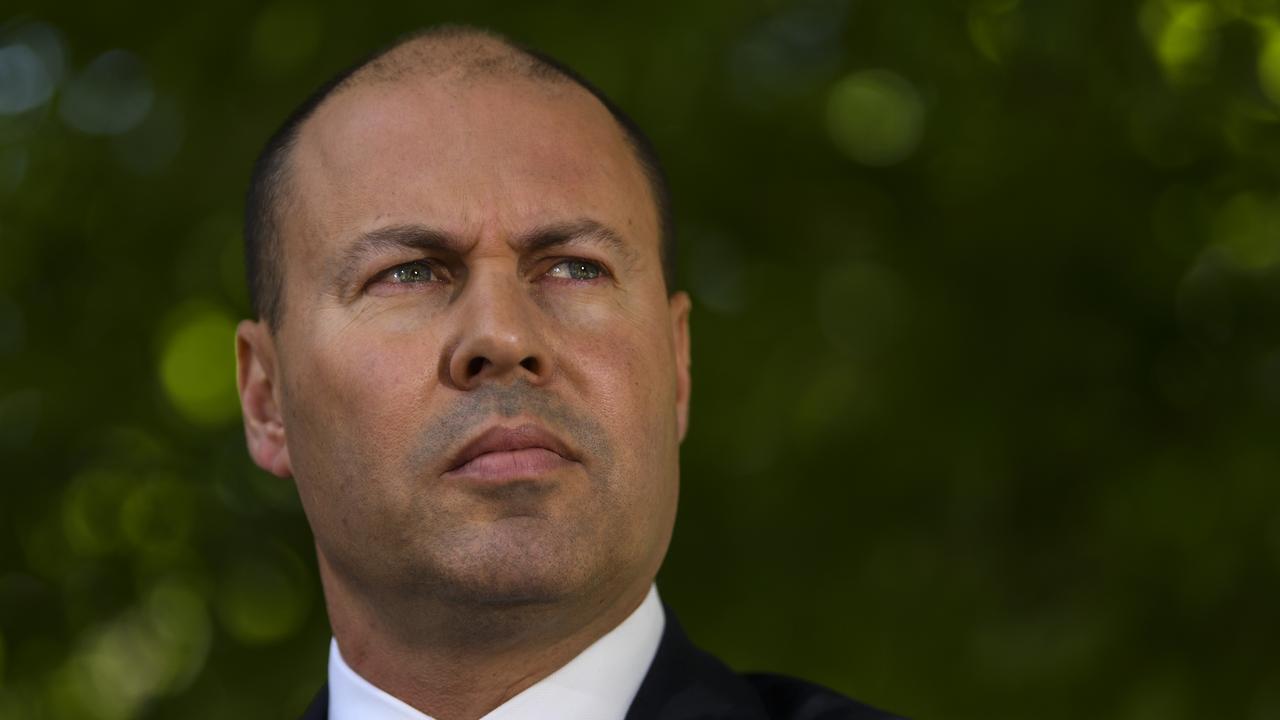Cabinet papers 1996-97: Costello and Howard advocate cuts
John Howard and Peter Costello say the Coalition should have followed the same fiscal repair strategy as they did in the 1990s.

John Howard and Peter Costello say if the Coalition had followed the same fiscal repair strategy as they did in the 1990s, relying more on spending reductions than increased revenue, the budget would already be in surplus and Australia would be in a better position to deal with an economic downturn.
In exclusive interviews with The Australian to coincide with the release of the 1996-97 cabinet papers by the National Archives of Australia, the former prime minister and treasurer also said Australia should consider reducing immigration to deal with congestion and strains on schools, hospitals and other services.
MORE: Full coverage of the Cabinet Papers 1996-97
Cabinet papers reveal resistance in cabinet to making savings on outlays to the tune of 1.5 per cent of GDP over two years. Yet Mr Howard and Mr Costello said this was essential, given they inherited a large deficit, and acknowledged this was a different strategy than that followed by recent governments.
“We were absolutely determined that the heavy lifting would be done by expenditure reductions,” Mr Howard said.
“The key to a lot of our government’s success was that first budget. It was tough but the interesting thing was the public accepted it because we said we had to bring about a lot of fiscal repair, and we set about doing it.”
Mr Costello recommended to cabinet that spending cuts had to be “substantial” and “credible”. He recalled ministers being disciplined and determined, and were able to effectively communicate to voters why fiscal consolidation was needed and how it would be fair across government.
“It was very unpopular with colleagues and it didn’t do me any good, by the way, trying to convince them we had to go further and deeper with savings,” Mr Costello said. “There was a comparable effort by (Paul) Keating before 1990, and there has been nothing since. I think there was the talk about it in 2014, but it never eventuated.”
Mr Costello said few Western governments over the past century had actually reduced expenditure to a sustainable level. “My criticism of the last decade is that while we were in a long period of economic growth, we ran deficits when we should have been running surpluses, which means we will be more exposed in a period of downturn,” he said.
The Morrison government’s mid-year and fiscal economic outlook projects revenue will rise to 25.5 per cent of GDP by 2021-22, the highest level in more than a decade, although it has committed to a tax ceiling of 23.9 per cent of GDP.
Cabinet papers also reveal there was public service opposition to the Charter of Budget Honesty, which introduced mid-year and pre-election forecasts, costing of election policies and the intergenerational report to guide long-term policymaking.
“The Charter of Budget Honesty … has been one of the best pieces of public interest legislation introduced in this country in the past 20 years,” Mr Costello said.
“There was enormous bureaucratic opposition — absolutely. Don’t think the bureaucrats are in favour of a balanced budget. Why would they be in favour of a balanced budget? They like having more money to spend.”
The Australian has obtained a Treasury “executive minute” presented to Mr Costello in March 1996 — not included in the cabinet papers release — that showed a deterioration in the underlying budget deficit, which had blown out from $600 million to $7.6 billion. It prompted Mr Costello to urge cabinet to commit to a “substantial fiscal adjustment”.
Cabinet agreed to reduce immigration to 74,000 in 1996 and 68,000 in 1997, over the objection of immigration minister Philip Ruddock, and geared the program more towards skills. While not wanting to “overdo” the contemporary relevance of those decisions, which was related to high unemployment, Mr Howard said immigration should be debated today.
“This country is capable of having a debate about the size of the program as well as composition,” he said. “There is an argument that in Sydney, for example, the strains on everything are too great. It is something that has to be varied according to circumstances.”
Mr Costello said immigration should be reviewed. “With congestion in Sydney and Melbourne at the levels that it is at, there is a case for revisiting immigration levels,” he said. “It would be different if immigrants were settling in Bendigo or Toowoomba or Whyalla, but 80 per cent of immigrants go to Sydney or Melbourne.”
The cabinet papers disclose ministers grappling with a range of other issues such as whether to exit international negotiations on climate change, the privatisation of Telstra, advancing funds to meet the cost of redundancies on the waterfront, the response to the High Court’s Wik ruling and baulking at cuts to the ABC that could have led to Triple J and Classic FM closing down.
Following the shooting massacre at Port Arthur in Tasmania in April 1996, Mr Howard was determined to see uniform gun laws adopted, even if it meant losing seats at the next election. “I thought, ‘well, heavens above, you’ve got this huge majority, if you don’t use it to do something to bring about a change, well you’ve failed the first test’,” he said.




To join the conversation, please log in. Don't have an account? Register
Join the conversation, you are commenting as Logout